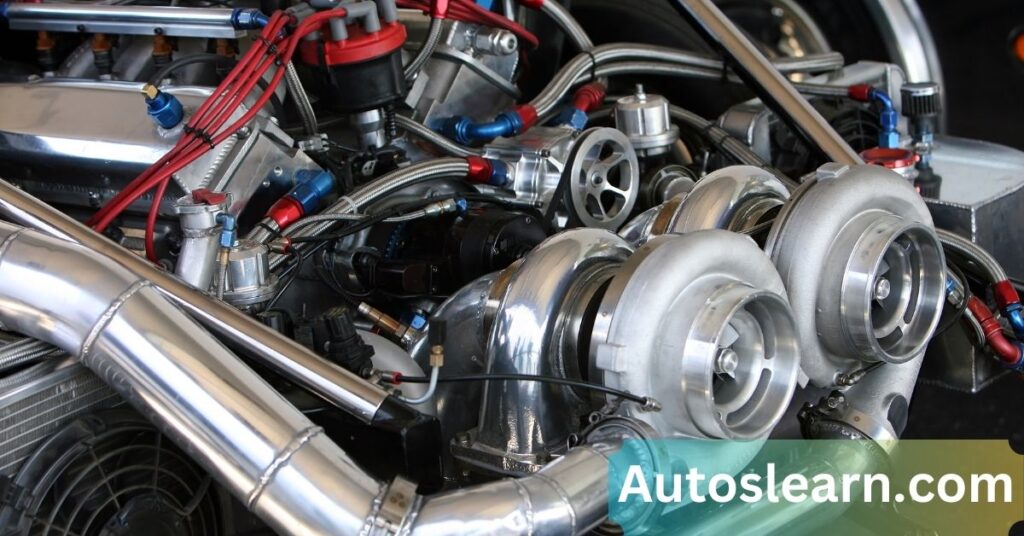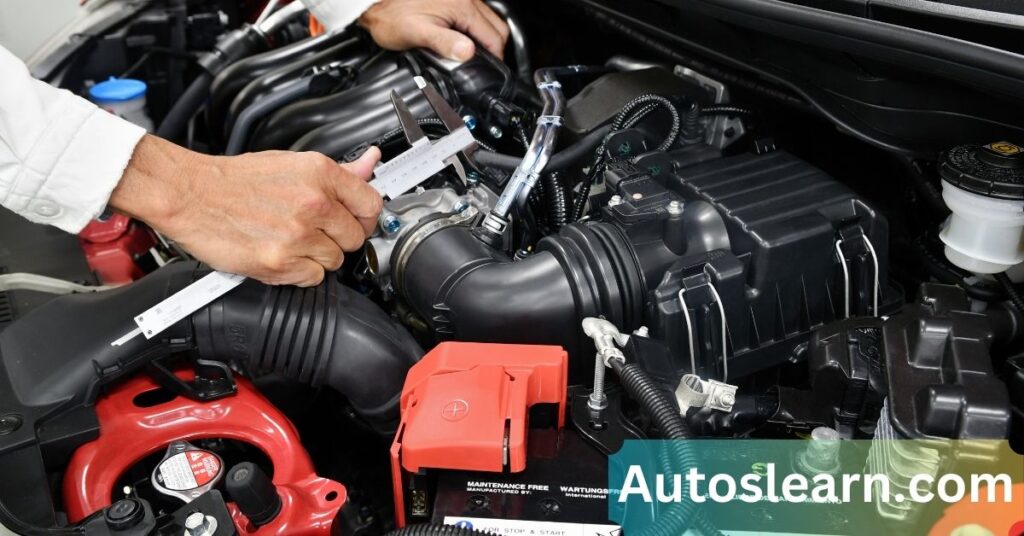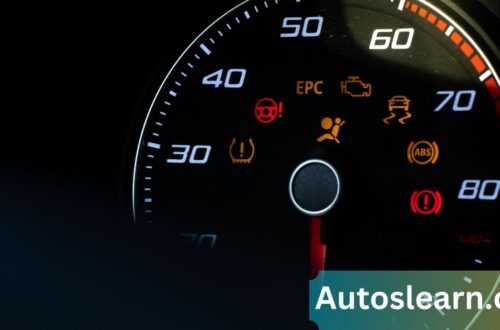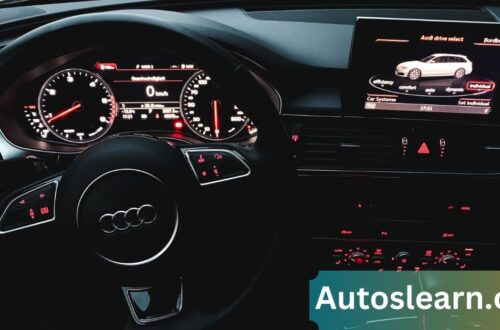With good care, many Audis exceed 200,000 miles. Several older Audi engines are known to run for 200k+ miles with basic maintenance. For example, in the late 1980s, a 2.3L five-cylinder turbo (engine code AAN, 10-valve) was built to last, and many examples reached 200k miles with routine timing belt changes. Likewise, the naturally aspirated 4.2L V8 used in early-2000s S4/S6 models is generally durable.
In contrast, some engines show problems earlier. Audi’s 3.0L supercharged V6 (used in 2006–2012 S4/S5/Allroad) has timing-chain guide failures and high oil use; it often needs major service or rebuilds by around 50–100k miles. This report compares Audi engine families by years, specs, and known issues, focusing on actual reliability data and failure rates.
Inline-5 Engines (10V and 20V):
Audi built several durable inline-5 petrol engines. The 2.3L 10-valve turbo (AAN) was used in the early 1990s (Audi 90 Quattro, S2, UrS4). It has a timing belt with ~60–80k mi service interval and an otherwise simple design. These AAN 5-cylinders are very tough: many have gone well past 200,000 miles when the timing belt, water pump, and spark plugs are changed on schedule.
Everyday wear items are the belt, pulleys, and engine mounts. Apart from routine oil and coolant leaks (valve cover gasket, hoses), a few major faults are reported on AAN engines. The later 2.5L 5-cylinder TFSI (EA855) is a high-power turbo engine found in modern RS3 and TT RS (2017+). It shares VW Group design features and is built on strong internals (forged rods, cylinder head design).
In stock form, the 2.5 TFSI is generally reliable under regular use. Most failures occur on tuned cars or after heavy track use. Audi issued a service action in 2016 to add a rubber band to the fuel pump flange (to prevent leaks), but there is no widespread record of engine blocks failing in stock RS3/TT RS applications. (By contrast, many RS3 owners avoid tuning to preserve this engine.) Overall, the 2.5T engine has a strong reputation if left mostly stock.
4-Cylinder Turbo Engines (1.8T and 2.0T):

Audi’s turbocharged 4-cylinders have mixed reliability. The older 1.8L 20-valve turbo (AEB/AWT, 1996–2005) was used in early A4, A6 and TT models. These 1.8T engines are mechanically robust. Blocks and heads are iron/aluminium, and castings are thick. Many 1.8T blocks have run over 200k miles. The design uses a timing belt (service ~70k mi) and hydraulic lifters.
A well-known issue is early roller-style cam followers (lifters) that can fail and rattle; these were fixed in later versions (replaced by solid lifters). Oil leaks from the valve cover gasket and distributor O-ring can occur. Aside from that, the 1.8T seldom has catastrophic failures, and its longevity is considered high for its era.
The modern 2.0L turbo (EA888, 2005–present) is a direct evolution of the 1.8T concept. Early 2.0T engines (pre-2012 models, engine codes CAEB/CDNC/etc.) were plagued by a piston-ring design flaw that caused excessive oil consumption. Owners of 2008–2012 Audi A4/A5/Q5 with these engines often report seeing the “Add Oil” warning after only 500–600 miles of driving.
Audi’s spec allowed one quart per 1,000 mi as “normal,” but many cars fell well outside that range. In effect, these early EA888 engines burn oil due to worn piston rings, and the problem tends to worsen with age. Audi redesigned engine parts (ring package, cylinder bore coatings, piston design) around 2012–2013 facelifts to fix this issue. Later versions of the 2.0T (and derivatives like the Golf R’s 2.0T, all in the Gen3 series) have much lower oil consumption.
Aside from oil use, the 2.0 T’s block and head are solid. It uses a timing chain (inside the crankcase at the rear) instead of a belt. In general, timing chains last a long time (often the life of the engine).
However, the chain tensioner and guides on some EA888 units have been reported to fail (usually linked to low oil or long service intervals). Changing the oil on schedule is critical for chain life. Many 2.0T engines have reliably run past 150k–200k miles after the oil-consumption era was solved. In summary, early 2.0T had a design flaw (oil rings), but later engines were considered durable under regular use.
Also Read: Audi A5 Oil Type-Choose the Right
V6 Engines:
Audi’s V6 engines show a range of reliability. The 2.7L biturbo V6 (30-valve, 2000–2006), found in B5 S4 and Allroad, uses a timing belt system. It is a powerful engine for its time. To avoid failures, the service requires changing the belt, tensioners, water pump, and related parts every 75–90k miles.
As with any belt-driven design, missing a change can lead to significant engine damage. Owners who follow the maintenance interval find these engines often reach high mileage. Common V6 issues include failure of the oil-in-cooler heat exchangers (causing oil leaks into coolant) and plastic intake manifold flaps (which can break). Overall, the 2.7T block is strong, and its longevity is rated as medium; it needs preventive maintenance (belt service) but has no fatal flaws.
In contrast, the 3.0L supercharged V6 (FSI, 2006–2012) has known problems. This engine (in the C6 S4/S5, early Audi A6, Q7, etc.) is often cited as one of Audi’s least reliable petrol engines. The metal block and heads are solid, but the timing chain guides (made of plastic) tend to wear out.
When chains fail, the engine jumps timing and can bend valves. One source notes this 3.0T as a “top contender for unwanted engine rebuilds,” with failures often by ~50,000 miles. It also consumes oil at a high rate. In practice, many supercharged 3.0s require attention (chain guide or belt housing rebuild) by 60–100k miles, making their reliability reputation low.
The newer 3.0L turbocharged V6 (FSI, 2018–present) used in models like the A6, A7, Q7, and SQ5 appears more reliable. It is chain-driven and built on lessons from VW Group’s V6 family. No widespread engine failures have been reported, but long-term data is still accumulating. Early feedback suggests it is robust.
V8 and V10 Engines:
Audi’s V8 engines tend to be durable. The 4.2L V8 (40v/32v, 1997–2012) was used in S4, S6, Allroad, and others. It has dual overhead cams on each bank and (in later models) a timing chain system. Many 4.2L V8s run well over 200,000 miles with routine care. The iron block and aluminium heads are powerful. Major issues are relatively rare.
Common maintenance issues include carbon buildup on intake valves (from direct injection), ignition coil pack failures, and valve-cover gasket or cam-bore seal leaks. None of these typically destroy the engine block, and the replacement of coils or gaskets fixes them. The timing chain (on the newer V8) seldom fails if the oil is changed regularly. Older 4.2L engines with timing belts (e.g. early S4) require belt service every 75k–90k miles (replacement cost ~$400–900).
Despite its exotic nature, the 5.2L V10 (32v FSI, 2007–2015) in the Audi R8 and S6/RS6 is also very robust. It shares basic architecture with the V8 but has five cylinders per bank. This V10 runs to high mileage if maintained. Issues are similar (coil packs, carbon) but not frequent; the engine is overbuilt and has ample strength. A chain handles its timing at the back of the engine, so a belt change is unnecessary. The V8/V10 petrol engines are among Audi’s most reliable units, with only minor issues reported over many miles.
Audi Engines Reliability Factors and Maintenance:

Key reliability indicators are failure rates of major components and required maintenance. Engines with timing belts (older inline-5 and some V6 models) need periodic belt and tensioner replacement to avoid catastrophic failure. For example, replacing an Audi timing belt (parts & labour) typically costs $400–$900.
Many enthusiasts plan this service at 70k–100k miles. By contrast, engines with timing chains (most modern Audi engines) often do not need scheduled replacement, as chains can last the engine’s life. However, timing chains rely on tensioners and guides, which can wear. Low oil and long service intervals are the leading causes of chain-guide failures. Audi chains (e.g., the EA888 2.0T or the 4.2L V8) are considered long-lasting for everyday use.
Oil consumption is another reliability factor. As noted, early 2.0T engines had a piston ring design that burned oil. Audi’s remedy was an updated design and tighter tolerances. Other Audi engines (some V8 and V6) also have tolerances for oil use, but they rarely exceed them significantly if the oil is changed regularly. Fuel quality, driving style, and maintenance all affect longevity.
According to Audi specialists, the engines most often needing attention are those with forced induction and complex components. In practice, the 4.2L V8, the 1.8L turbo four, and Audi’s five-cylinder engines (old 10v and newer 2.5T) tend to be in the “more reliable” category. Engines to watch out for include the 3.0L supercharged V6 and the 2.7L biturbo V6 (if belt service was neglected). Diesel engines (not covered here) have their issues separate from petrol engines.
Comparison of Key Audi Engines:
| Engine (Code) | Years | Configuration/Spec | Reliability Reputation | Common Known Issues |
| 2.3L I5 10V (AAN) | 1991–1994 | 5-cyl 10v, turbo, DOHC | High – often 200k+ mi | Timing belt (≈60–80k mi), water pump, oil leaks (minor) |
| 2.5L I5 TFSI (EA855) | 2017–present | 5-cyl 20v, turbo, DOHC | High – few failures (stock) | Fuel pump flange (recall action), tuning abuse can break rods; otherwise, robust |
| 1.8L I4 Turbo | 1996–2005 | 4-cyl 20v, turbo, SOHC | High – many 200k+ mi | Early hydraulic lifter failures (rattling), cam cap leaks, speedo cable (90s), head gasket (rare) |
| 2.0L TFSI (EA888) | 2005–2019+ | 4-cyl 16v, turbo, DOHC | Medium – better after 2012 | Oil consumption (rings) in 2008–2012 models; chain tensioner noise if oil low; no belt replacement needed |
| 2.7L V6 Biturbo | 2000–2005 | 6-cyl 30v, twin-turbo, DOHC | Medium–block is strong | Timing belt service (≈75–90k mi); plastic intake flaps, oil-in-coolant heat exchanger leaks |
| 3.0L V6 Supercharged | 2006–2012 | 6-cyl 30v, supercharger, DOHC | Low – rebuilds ~50–100k mi | Timing chain guide/tensioner failure; high oil use; carbon buildup; expensive repairs |
| 3.0L V6 Turbo FSI | 2018–present | 6-cyl 24v, turbo, DOHC | Good (so far) | No major issues are known yet: timing chain (lifetime), intake carbon (common on DI engines) |
| 4.2L V8 | 1997–2012 | 8-cyl 40v/32v, NA, DOHC | High – many 200k+ mi | Carbon on intake valves; coil pack failures; valve cover/cam housing gasket leaks (belt on early, chain later) |
| 5.2L V10 FSI | 2007–2015 | 10-cyl 40v, NA, DOHC | High – strong block | Coil packs; carbon; PCV/breather maintenance; intake cam chain (at the back, usually no service needed) |
Reliability notes: “High” means the engine is well-built and has low failure rates. “Medium” indicates common issues are serviceable if maintained. “Low” flags known failures (3.0 super V6). Common problems are derived from owner reports and service bulletins.
Overall, Audi engines generally have robust blocks and heads. Regular maintenance (oil changes, belt/chain service, cooling system upkeep) is key to longevity. Based on real-world data and service experience, the most reliable Audi engines are the older five-cylinder designs and well-maintained V8s. Engines with recurring problems (oil burning, timing chain wear) require more care or avoidance. The table above summarizes the main engines, their years of production, and their reputations.
Sources: Reliability and issue data are compiled from owner reports, specialist service guides, and brand surveys. Actual engine life depends on maintenance and usage.
Also Read: Audi Q7 Cargo Space-Everything You Need to Know
Frequently Asked Questions:
Q1. What is the most reliable Audi engine ever made?
The 2.3L 10-valve turbo inline-5 (AAN) and the naturally aspirated 4.2L V8 are often regarded as the most reliable Audi engines. Both have proven themselves over hundreds of thousands of miles with minimal internal failures.
Q2. Which Audi engines should I avoid?
The 3.0L supercharged V6 (used from 2006–2012) is known for timing chain guide failures and high oil consumption. Early 2.0T EA888 engines (2008–2012) also suffer from piston ring issues that cause excessive oil burning.
Q3. Are timing chain engines more reliable than belt-driven ones?
Not necessarily. While chains are designed to last longer, they can fail if oil is not changed regularly. Some chain-driven Audi engines (like the 3.0T V6) have had serious failures due to worn tensioners or guides.
Q4. How many miles can a well-maintained Audi engine last?
With proper maintenance, many Audi engines—especially older five-cylinders, 1.8 Ts, and 4.2L V8s—can easily reach 200,000 miles or more. Newer engines vary more, with some needing major service around 100,000 miles.
Q5. What regular maintenance is key to Audi engine longevity?
Oil changes on time (using the correct spec), cooling system service, timing belt replacement (if applicable), and prompt repair of oil leaks are crucial. Carbon cleaning of intake valves is also recommended for direct injection engines every 60–100k miles.
Conclusion:
Audi engines span a broad spectrum of reliability, from rugged five-cylinder legends to more delicate supercharged V6s. Older belt-driven engines like the 2.3L I5 and the 1.8T have earned reputations for long life with basic maintenance.
The 4.2L V8 and 2.5T RS engines stand out as they are built for endurance and power. On the other hand, the 3.0L supercharged V6 and early EA888 2.0Ts are commonly cited for their oil consumption and timing-chain issues.
The takeaway? Regular maintenance and awareness of engine-specific quirks are critical to longevity. If you’re buying a used Audi, carefully research the engine code and service history—it can make the difference between a high-mileage hero and a costly repair bill.






